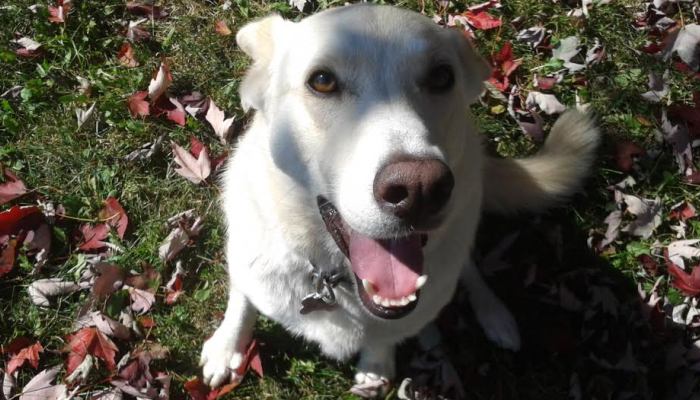This monthly column is a space for simple, useful directions, tips and information to help you keep your animals safe and happy.
In this our continuing series detailing the most common perils that could befall your pet we look at steps to take when your pet is choking.
[related_content slugs=”saving-your-pets-life-part-two-ingesting-poisons,pet-patter-saving-your-pets-life-part-one-cpr,pet-patter-animal-grab-bag,pet-patter-for-the-love-of-leash” description=”More Pet Patter” position=”right”]If the animal is still able to breathe and is coughing, allow a few moments to see if he can release the object on his own; but if he is gasping, wheezing or pawing at his face, you’ll need to act right away.
You need first to open your pet’s mouth. Do this by squeezing his upper lip inward over the back teeth while simultaneously applying downward pressure on the lower jaw so you can easily see if an object is lodged there. If you see anything, reach in and pull it out. If it is too far back you can try tweezers or pliers but take care not to push the object further down the throat. You cannot do this if your dog is frantic as it is too risky.
There are 3 effective techniques you can try:
- Lift your pet up by her hind legs and turn her upside down to see if gravity will dislodge the object. For cats and small dogs you can lift them right off their feet and give them a few shakes. With larger dogs lift hind legs high, leaving front legs on floor, like a wheelbarrow
- Back blows: using the heel of your hand give 4 or 5 sharp blows on the animal’s back between the shoulder blades. Adjust pressure with small dogs and cats and be sure not to do this too hard as you can run the risk of fracturing the ribs, and a broken rib can puncture a lung. If this technique does not work the first time you can try it once more.
- Heimlich maneuver: This is your last choice as excessive force can fracture ribs or rupture spleen. Wrap your arms around the animal’s waist from behind and make a fist, placing your thumbs in that soft spot just under the dog’s rib cage. If it is a small or medium sized dog, or a cat, use 2 fingers rather than a fist. The animal should be standing with head down. Give 2 or 3 sharp thrusts in and upward, again adjusting pressure for smaller dogs and cats. If there is another person present ask that they hold the scruff of the neck, particularly with frantic dogs. You can repeat these sets of 3 thrusts up to 4 times.
Even if you succeed in dislodging the object get to an emergency veterinary clinic ASAP to check for other injuries or problems.
If none of the above has any effect begin rescue breathing to try and force air into the pet’s lungs while someone else rushes you to the vet emergency. You will find a detailed account of animal CPR in Part One of this series. In Part Two I detail steps to take when your animal has ingested poison.
Read these columns and learn these steps, animal parents, and you will have the skills to save the life of your beloved pet!
__
Samantha Bennett is a writer and the owner of the pet care business Mille Pattes. She can be reached at info@soinsmillepattes.com.
